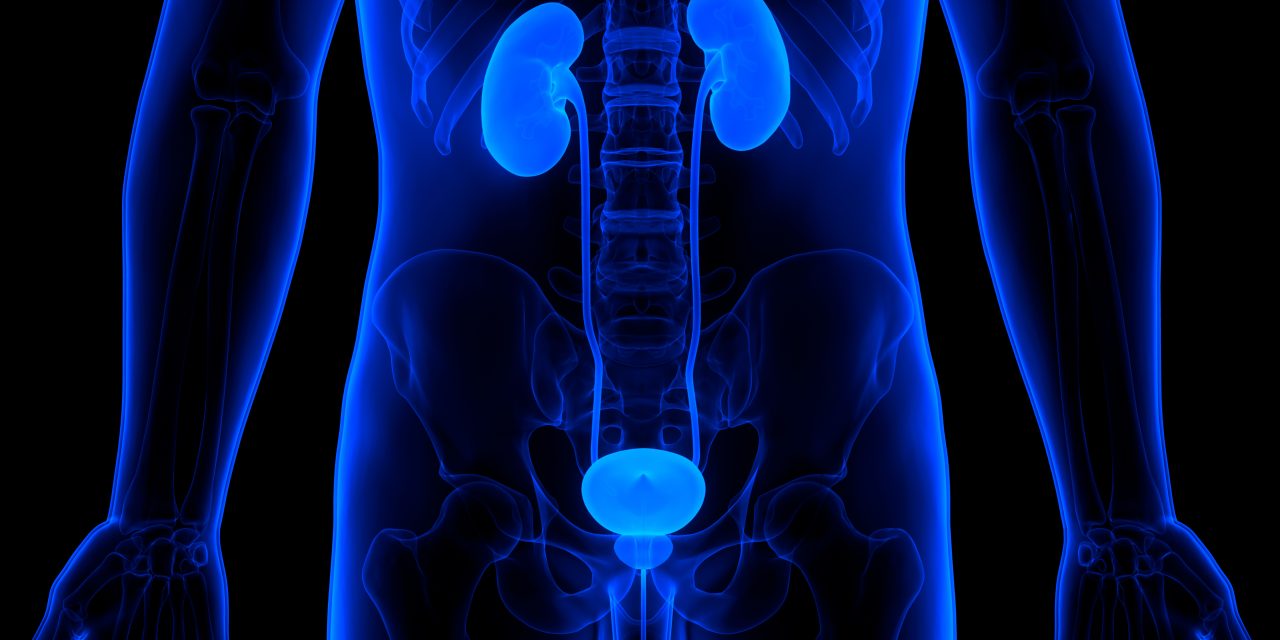Developing strategies to prevent bacterial infections that do not rely on the use of drugs is regarded globally as an important means to stem the tide of antimicrobial resistance, as argued by the World Health Organization (WHO) (Mendelson, M.; Matsoso, M. P. The World Health Organization Global Action Plan for Antimicrobial Resistance. , (5), 325-325. DOI: 10.7196/SAMJ.9644). Given that many antimicrobial-resistant infections are caused by the bacterial colonization of indwelling medical devices such as catheters and ventilators, the use of microengineered surfaces to prevent the initial attachment of microbes to these devices is a promising solution. In this work, it is demonstrated that 3D engineered surfaces can inhibit the initial phases of surface colonization for , , and , representing the three most common catheter-associated urinary tract bacterial infections, identified by the WHO as urgent threats A variety of designs including 11 different topographies and configurations that exhibited random distributions, sharp protrusions, and/or curvilinear shapes with dimensions ranging between 500 nm and 2 μm were tested to better understand the initial stages of surface colonization and how to optimize the design of fabricated surfaces for improved inhibition. These topographies were fabricated in two configurations to obtain either a standard 2D cross section or a 3D engineered topography using a novel UV lithography process enabling cost-efficient high-throughput manufacturing. Evaluating both the number of adhered bacteria and microcolonies formed by all three bacterial pathogens on the different surfaces provides insight into the initial colonization phase of bacterial growth on the various surfaces. The results demonstrate that both initial attachment and subsequent colonization can be significantly reduced on concrete 3D engineered patterns when compared to flat substrates and standard 2D micropatterns. Thus, this technology has great potential to reduce the colonization of bacteria on surfaces in clinical settings without the need for chemical treatments that might enhance antimicrobial resistance.
Three-Dimensional Micropatterning Deters Early Bacterial Adherence and Can Eliminate Colonization.


